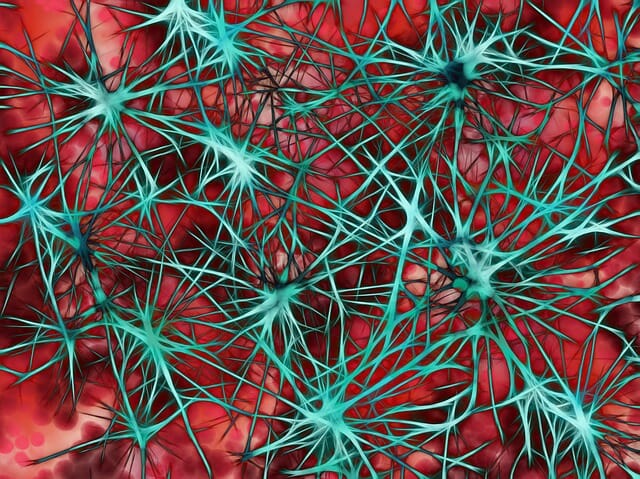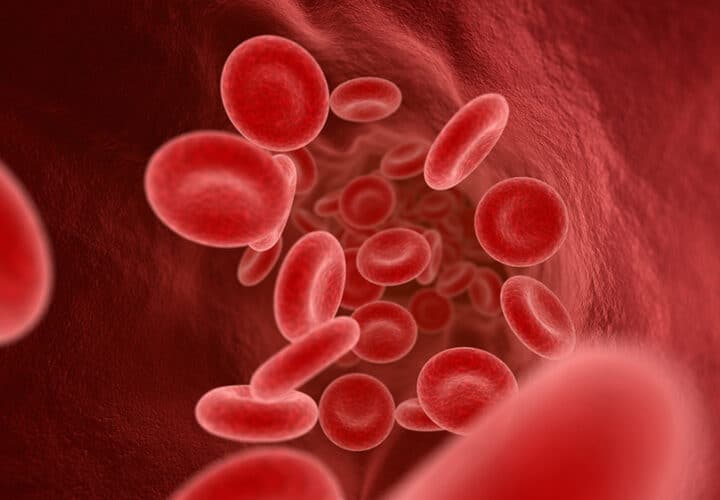The Mayo Clinic's Eugenia Trushina explains mitochondria can affect brain health and their potential as a cure for Alzheimer’s decline.
While most Alzheimer’s detection and prevention research is focused on the aggregation of tau tangles and amyloid beta proteins in the brain, some novel approaches are finding success elsewhere. A research team led by Eugenia Trushina recently received the Alzheimer’s Drug Discovery Foundation-Harrington Scholar Award to fund their research into mitochondrial restoration, a novel approach with surprising results in preventing Alzheimer’s-related cognitive decline.
- Mitochondria are energy producing organelles present in most cells in the body
- A reduction in energy produced by mitochondria can be an early sign of Alzheimer’s, even before tau tangles and amyloid beta aggregate
Being Patient spoke with Trushina, a professor of neurology at Mayo Clinic and leader of the research team, about how mitochondria can affect brain health and their potential as a cure for Alzheimer’s decline.
Mitochondria and Brain Health
Being Patient: The mitochondria is often referred to as the “powerhouse of the cell,” but explain to us exactly what mitochondria are and what they do.
Eugenia Trushina: Well, you’re absolutely right, it’s the powerplant of the cell. Mitochondria are numerous organelles that populate every single cell except for red blood cells. They are around the nucleus, which is another very important organelle that holds our DNA, but mitochondria provide the primary energy for every single process in the cell.
They can sense any changes associated with energy, and their primary job is to do everything possible for the cell to survive. They communicate with the nucleus, telling it what to do, and they can do anything else in the cell to make sure the organism survives with a stable level of energy, because energy basically is life.
Being Patient: And when we have a neurodegenerative condition like Alzheimer’s disease, we know that the beginning stages are plaques in our brains and tau tangles a bit later, and then we reach the inflammatory state where we usually see the symptoms. Do we know about the place of the mitochondria in this process?
Eugenia Trushina: We actually do. One of the tests that could detect energy homeostasis, so what’s happening with your energy update from the glucose utilization up through normal function, one of the tests that could be applicable in lab testing and eventually in humans is called an FDG PET scan.
This test can see the energy uptake in the brain. One of the earliest abnormalities in the brain is reduced uptake of glucose, which is essential for energy production in mitochondria. So we do know that a low energy metabolism in the brain is a very early underlying event in Alzheimer’s disease, and that state can actually be detected in people.
So the objective of my research is to understand how this is happening, what is the role of mitochondria, and can we improve this process? If we can improve the process of glucose and mitochondrial function we could actually promote neuronal survival, neuronal function, and preserve cognitive function.
Mitochondrial Restoration and Alzheimer’s
Being Patient: How does that testing work exactly? What does low metabolism tell you?
Eugenia Trushina: So, neurons are very specific cells in the brain that critically depend on mitochondria function, and mitochondrial functions in neurons critically depend on glucose. Early in Alzheimer’s disease we have this reduction of glucose uptake, but at the same time we also have problems with mitochondria.
It’s a multi-faceted process, it’s not one single process that goes bad, it’s a combination of processes, but they connect to each other through this depletion of energy. And there is a feedback between mitochondrial function and glucose uptake, and mitochondria can actually be tricked into improving all these processes. That’s what exactly we’re looking at in my research.
Being Patient: When we talk about restoring mitochondria, what exactly do you do? What does restoration involve?
Eugenia Trushina: As I said, mitochondria are amazing organelles. They have their own life cycles in the cell, and because they have their own DNA they can, through their life cycle, acquire mutations. Mitochondria become old organelles and produce less energy, they can produce reactive oxygen species that are very bad for any cell, and then they will need to be repaired or degraded.
So there’s a whole life cycle that mitochondria go through from birth to death, and every step is highly regulated through multiple processes, and these processes can go bad from age or disease. The formation of new mitochondria is referred to as “mitochondria by genesis,” and you can actually promote this process through stress.
When you exercise or when you have caloric restriction, you reduce energy in the body, and mitochondria could respond thinking, “If we could proliferate and have more mitochondria, we could maybe promote better energy through alternative substrates.” So mitochondria will start producing more younger organelles, and this is very good.
You can do that with non-pharmacological interventions, that’s why exercise is so important, but you can also do it with pharmacological interventions, and that’s what we’re focusing on in the lab. So there are small molecules that target mitochondria, they can penetrate the blood-brain barrier and go straight there, and they trick mitochondria into thinking that they are under stress.
It’s a very mild stress, it doesn’t damage the mitochondria and it very similar to the stress experienced during exercise, and it motivates the mitochondria to renew itself, multiply itself, and we end up with more stronger, better, energy producing organelles.
Promising potential as an Alzheimer’s preventative
Being Patient: What will that process look like? Are you aiming for an injection, or a pill?
Eugenia Trushina: We are aiming for a pill. We did multiple studies using clinical models of Alzheimer’s disease, you cannot go straight to humans if you do not do a lot of studies where you very carefully and methodically test the efficacy of your compounds, test the toxicity, look at the long term considerations, look at how your molecules in the body.
We found that compounds are very nice for penetrating the blood-brain barrier and actually reached their intended target which is very rare, it’s actually difficult to do for brain disorders. They not only penetrate the blood-brain barrier, they get into the mitochondria, and they reduce the activity of mitochondria complex 1. T
he slight reduction of activity signals to the cell to engage multiple processes to restore energy homeostasis, and one of these processes will be mitochondria renewal. Other processes will restore glucose utilization in the brain and take junk out of the cell – damaged mitochondria, plaques, and more. In our most recent study, we took mice that already had plaques, tau tangles, and signs of cognitive dysfunction, and started to treat them after the development of symptoms.
We have shown that not only did we protect memory and improve overall health, but we also blocked neurodegeneration, which is the most important thing because a loss of neurons actually accounts for the loss of memory in Alzheimer’s. So we’re very hopeful about this application, it seems to be an interesting strategy and it seems to be working, at least in model settings.
Being Patient: How far away are we from understanding the applications of this research for restoring mitochondrial function in humans? How far from clinical trials are we?
Eugenia Trushina: Mitochondria are new targets for neurodegenerative disorders. I received the first grant for these kinds of studies because there was nobody else, we were the first to suggest that we could use this strategy to treat Alzheimer’s disease. It was novel target, and we got the grant specifically because it was a novel target.
Drug discoveries are extremely tedious, very consistently difficult step-by-step processes that nobody trains you in, so it’s a very difficult project. So for us, were very lucky to immediately have help from professionals who’ve spent their lives in drug discoveries. If everything goes well, we should be in clinical trials in a couple of years.
Edited for clarity
Trushina is a researcher at Mayo Clinic in Rochester, Minnesota. For more information about her work, visit her lab’s website.




